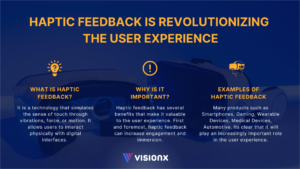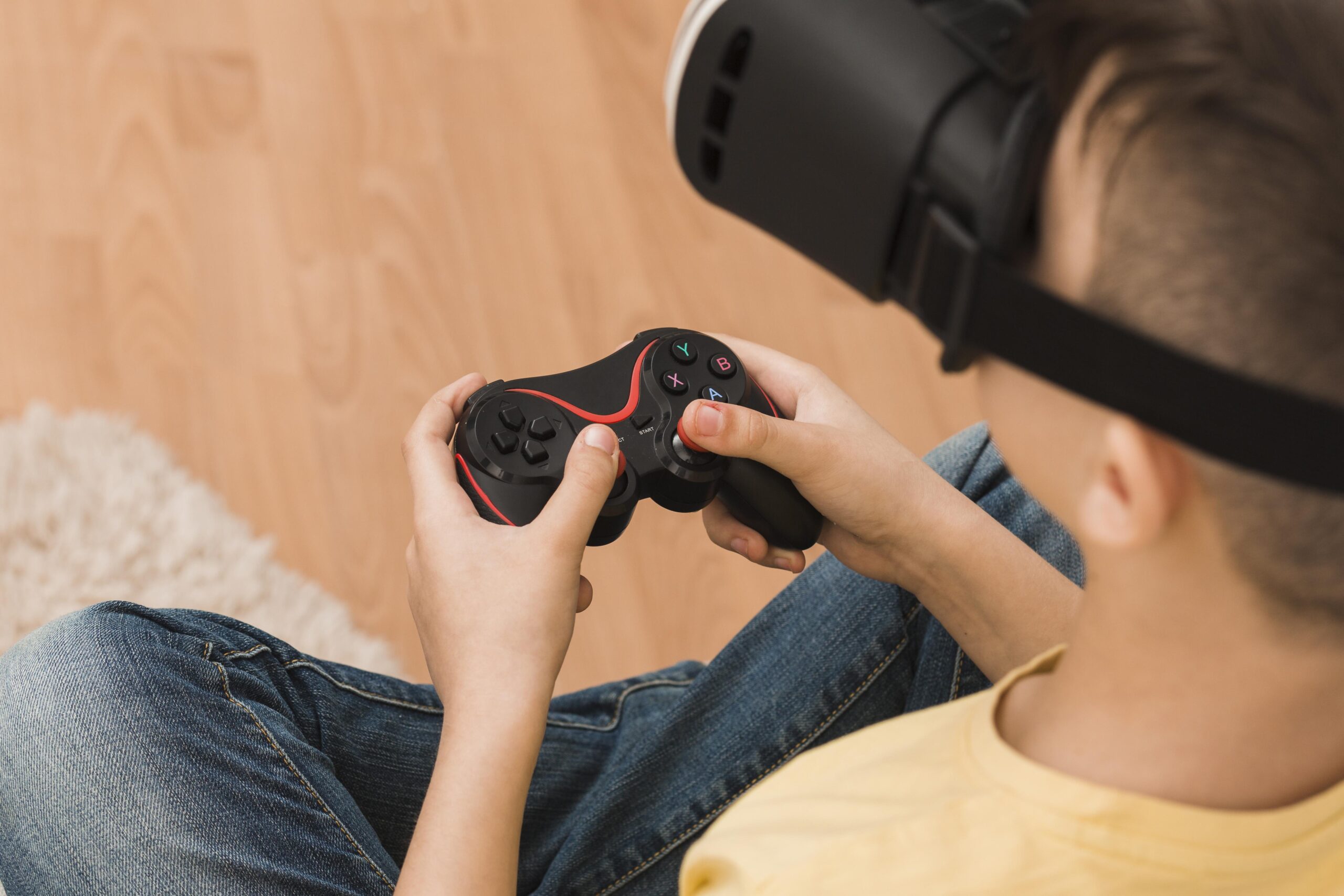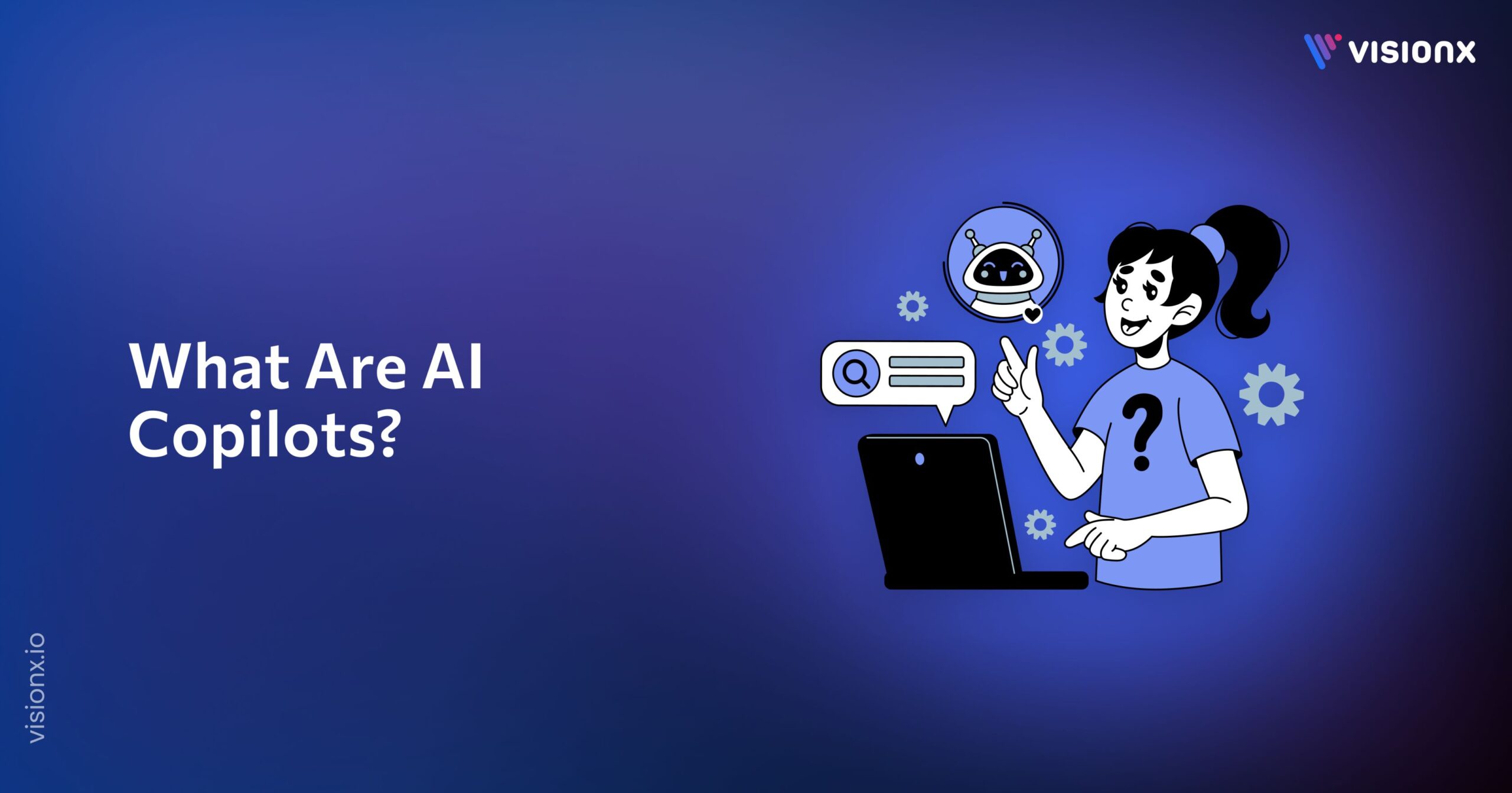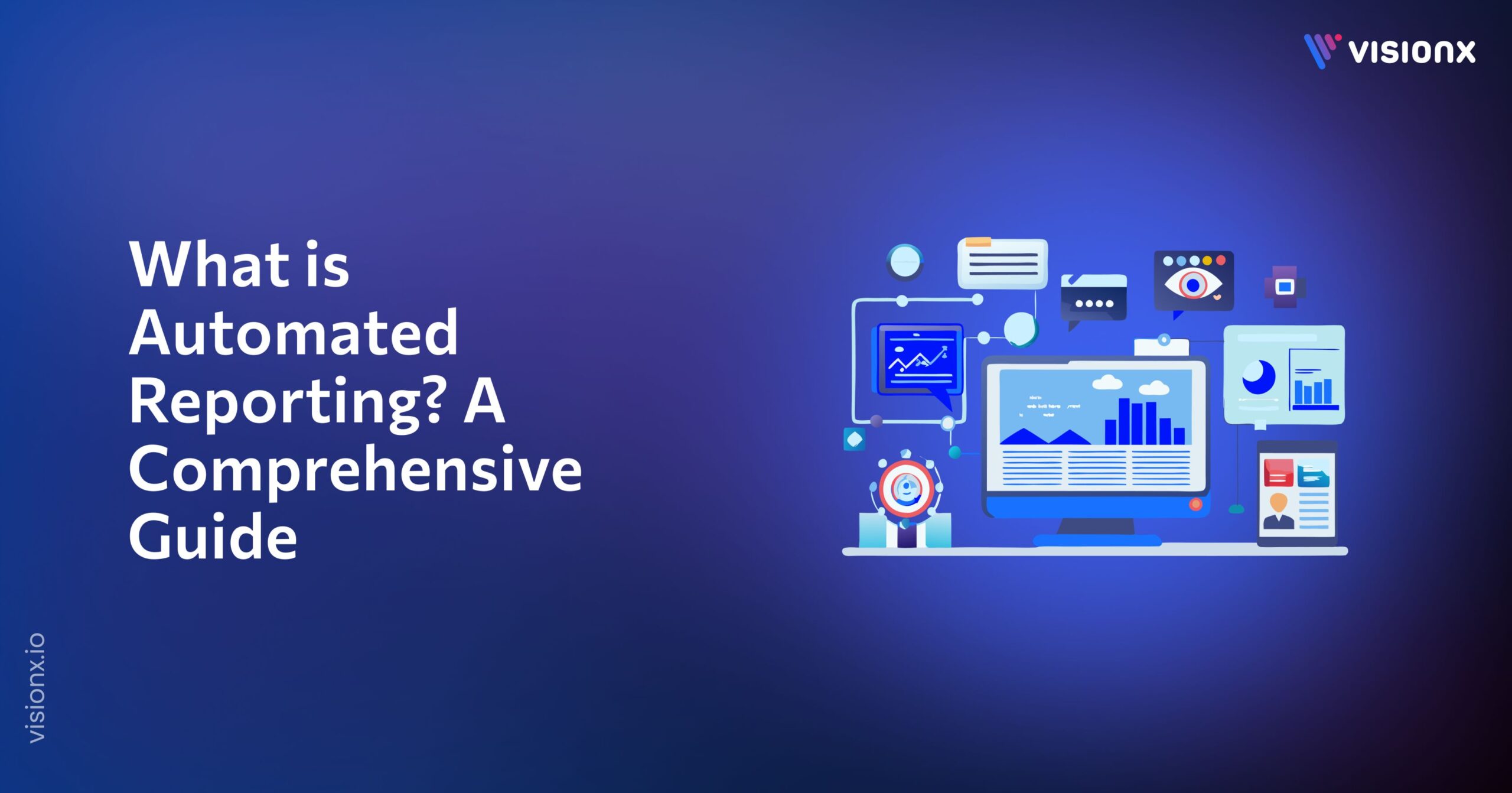As technology evolves, it’s becoming increasingly clear that sight and sound are no longer enough to provide an engaging user experience. In recent years, haptic feedback has emerged as a powerful tool for enhancing user experiences across various devices, from smartphones to gaming consoles. In this article, we’ll explore haptic feedback, how it works, and why it’s poised to become a critical part of the user experience in the years ahead.
What is Haptic Feedback?
Haptic feedback is a technology that simulates the sense of touch through vibrations, force, or motion. It allows users to interact physically with digital interfaces, creating a more immersive and engaging experience. Haptic feedback has been used for years in mobile phones, gaming controllers, and wearable devices, but it’s now being integrated into many products, from cars to medical devices.
How Does this Work?
Haptic feedback stimulates the skin and nerves in the user’s hand, wrist, or body part. This can be done through various mechanisms, including vibration motors, piezoelectric actuators, and electroactive polymers. When the device sends a signal to the haptic actuator, it generates a vibration or other physical sensation that the user can feel.
There are two main types of haptic feedback: tactile feedback and force feedback. Tactile or vibration feedback provides a vibration or pulse sensation to the user. On the other hand, force feedback uses physical force to give a more realistic simulation of touch. For example, a gaming controller with force feedback might provide resistance to simulate the feeling of driving over rough terrain.

Why is it Important?
Haptic feedback has several benefits that make it valuable to the user experience. First and foremost, haptic feedback can increase engagement and immersion by providing a more realistic and satisfying interaction with digital interfaces. For example, when a user receives a tactile response to a button press on a smartphone, it creates a more enjoyable experience and can help reduce errors.
Haptic feedback can also provide important information to the user without requiring them to look at the device. For example, a smartwatch with haptic feedback can provide subtle vibrations to alert the wearer to incoming notifications or phone calls without needing an audible alert.
In addition, haptic feedback can be used to improve accessibility for users with disabilities. For example, a user with visual impairments may benefit from haptic feedback to navigate a touchscreen interface.
Examples of Haptic Feedback in Action
Haptic feedback is already used in many products, from smartphones to gaming consoles. Here are a few examples of how haptic feedback is being used to improve the user experience:
Smartphones: Haptic feedback has long been a standard feature in smartphones, providing user vibration feedback for everything from button presses to incoming notifications. But recent advances in haptic technology have allowed for more advanced features, such as the Taptic Engine in the iPhone, which can provide precise, nuanced vibrations to simulate different interactions.
Gaming: Haptic feedback has been a feature in gaming for years, with controllers providing vibration feedback to simulate in-game actions. But the latest gaming consoles are taking haptic feedback to the next level. The PlayStation 5’s DualSense controller provides highly realistic force feedback to simulate everything from the sensation of firing a gun to the feeling of driving over different surfaces.
Wearable Devices: Haptic feedback is also used in wearable devices like smartwatches and fitness trackers. For example, the Apple Watch uses haptic feedback to provide subtle vibrations to alert the wearer to incoming notifications, reminders, or alarms. Similarly, some fitness trackers use haptic feedback to motivate workouts, such as vibrating when the user reaches a specific step count or activity goal.
Medical Devices: Haptic feedback is also used to improve patient outcomes. For example, MyoPro is a wearable device that provides haptic feedback to help patients with upper extremity paralysis to perform daily activities. The device uses sensors to detect muscle activity and provides force feedback to simulate natural movement.
Automotive: Haptic feedback is increasingly used in cars to improve safety and provide a more engaging driving experience. For example, some vehicles now use haptic feedback to give a warning vibration to the steering wheel if the car drifts out of its lane. Similarly, haptic feedback can provide a more immersive experience for passengers, such as vibrating the seat to simulate the sensation of driving over rough terrain.
The Future……
As haptic technology continues to improve, it’s clear that it will play an increasingly important role in the user experience across a wide range of products. In the future, we can expect to see even more advanced features, such as:
- Simulate the sensation of texture or temperature, allowing users to “feel” virtual objects.
- Customized to individual user preferences, allowing for a more personalized experience.
- Provide more nuanced and realistic force feedback, allowing for even more immersive experiences.
Conclusion
Haptic feedback is a powerful tool for enhancing the user experience in a wide range of products, from smartphones to gaming consoles to medical devices. By simulating the sense of touch, haptic feedback provides a more engaging and immersive experience for users while providing vital information and improving accessibility. As technology continues to evolve, we expect to see even more advanced features that will further enhance the power of haptic feedback. So the next time you interact with a device, remember: feeling is believing. VisionX is a leader in developing cutting-edge haptic technology for a wide range of devices and applications. With a team of experienced engineers and designers, VisionX can help businesses develop custom haptic feedback solutions tailored to their specific needs. Whether it’s for a smartphone, a gaming console, or a medical device, VisionX can provide expertise in haptic actuator selection, control algorithms, and software integration to deliver a truly immersive user experience. With a focus on innovation and quality, VisionX is committed to helping businesses stay at the forefront of haptic feedback technology.


